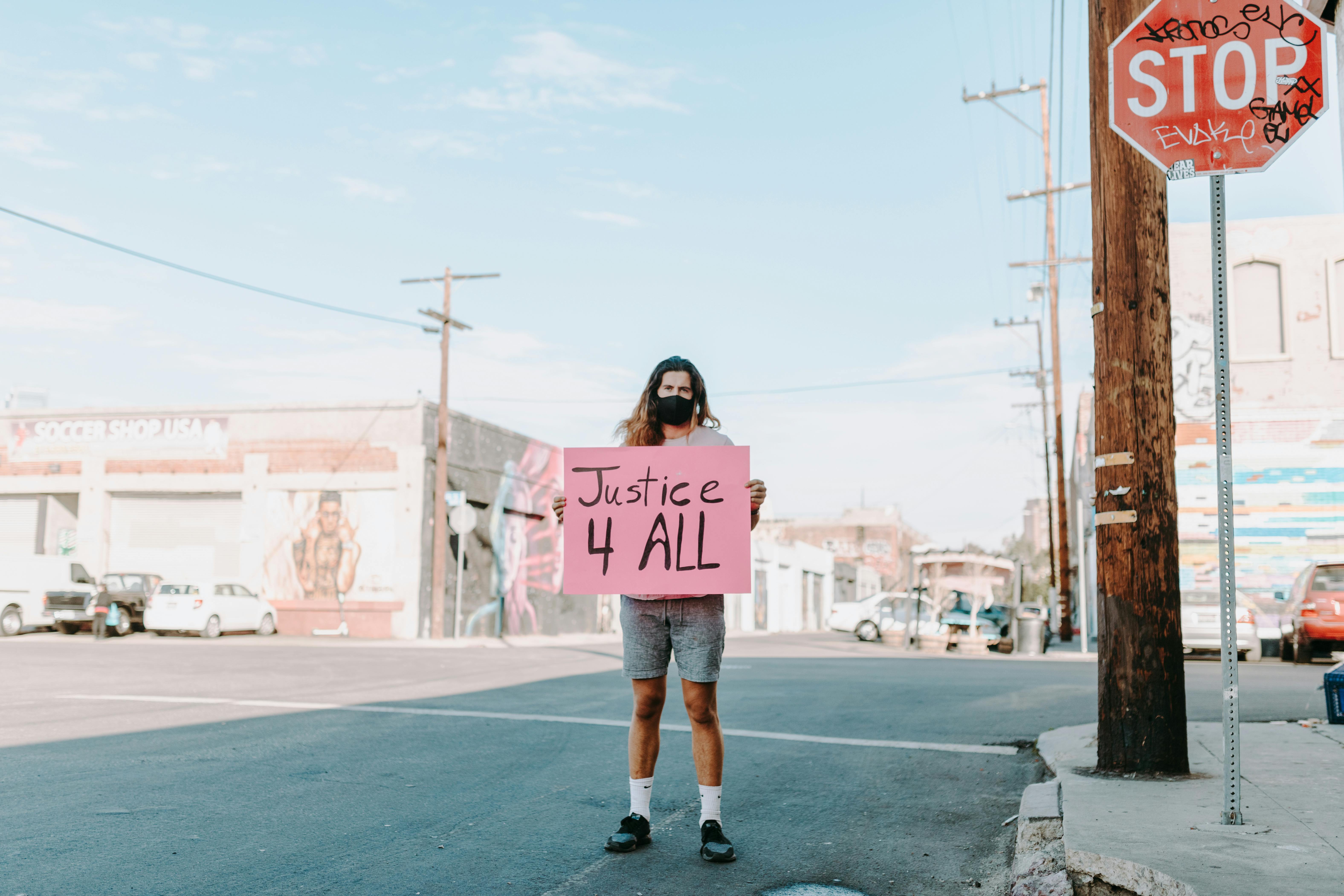Most hobbyists will take pictures of their Koi from time to time. This is to keep track of their growth and pattern changes over time. Others will do it to share the beauty of your pets with friends. These are normally taken with the Koi in the pond. Sometimes you can take pictures of them in a blue plastic container. These images are typically of a single fish and are called “blue bowl” photographs. Commercial fish farmers or dealers often do this to show the fish to potential buyers or to sell their fish over the Internet.
Photographing Koi is a challenge. One of the challenges in getting a good, clear photo is the glare and reflection of the sky on the surface of the water. Unless you catch and place your subject in a container, it will rarely stay still in the pond. Here are some tips for taking good photos:
– If you are using a camera that allows you to attach a filter to its lens, a polarizing filter is recommended. The polarizing filter comes with 2 pieces of glass, one fixed and one movable. Once you have decided on the angle of your camera to take your picture, you need to adjust the moving part to eliminate glare from the surface of the water. The polarizing filter will make the image a bit darker, so you may need to compensate by overexposing your shot by an f-stop or two. If your camera comes with through-the-lens exposure metering, you probably don’t have to worry about this.
– With or without a polarizing filter, if it is better to choose a camera angle that avoids such reflections from the sky. Since the filter may not be able to remove all of the reflection, choose a cloudy day with an overcast sky if you can. Bring the bowl inside if you’re taking a “blue bowl” picture.
– Koi are constantly moving and fast swimmers, especially when they are in a feeding frenzy in the pond. Set your shutter speed to be as fast as you can. Slow shutter speed results in a blurred image of the subject. Use fast film (or a fast film setting on your digital camera) if you have to, but the trade-off is a grainy image. Otherwise, use a flash, but be careful of the flash light bouncing off the surface of the water. The time between pressing the release button and actually taking the picture could also be an issue. Use a camera with a slow shutter speed.
– It is best to photograph the Koi against a black or dark background. His subject will stand out very well in the picture. My ponds are coated with black epoxy paint for the same reason.
– Take your photos from multiple angles. Experiment with the composition, especially if you have a beautiful pond and garden.
– It’s good to include some other foreground or background objects to give your images some sense of scale. If you take a photo of your Koi in a bowl, you may want to place a scale ruler in the bowl to document their growth.
– Just like photographing a human face, I would choose to focus on the eyes for a sharper image. That is, if the Koi is in a container and relatively still.
– It is best to take several shots. A digital camera with instant playback is useful to check if you got the ideal image. A good image of a Koi is one in which its pectoral fins are shown extended away from its body.

